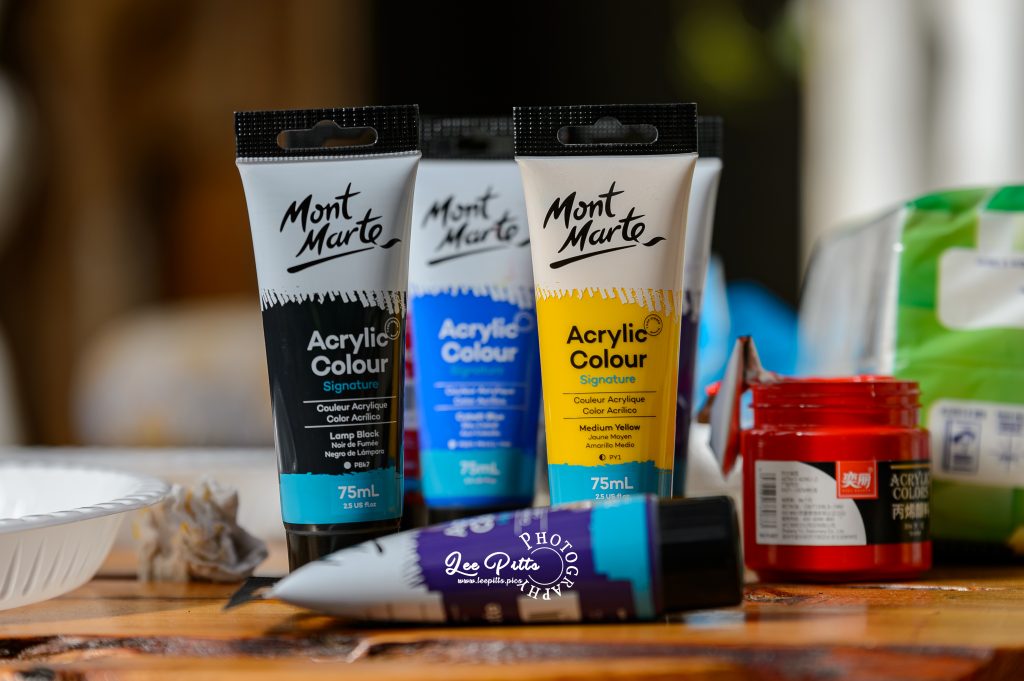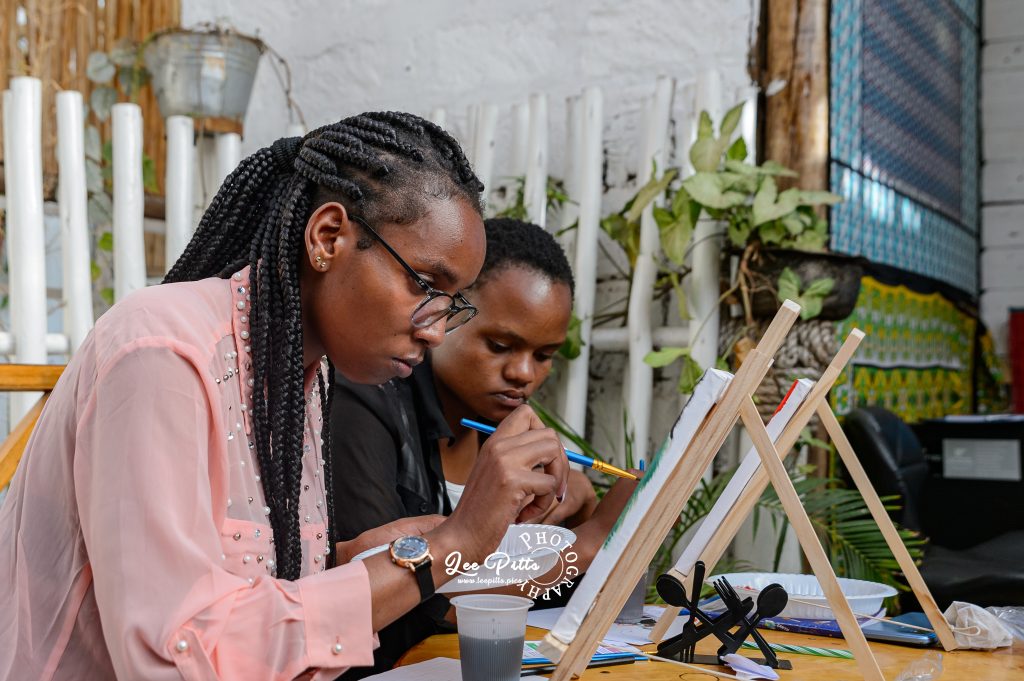Mental Health and Art: A Powerful Duo
Mental health. It’s a topic that has been increasingly discussed and recognized in recent years, and rightfully so. Mental health is just as important as physical health, yet it often doesn’t receive the same level of attention. We all have mental health, and it fluctuates, just like our physical health. Some days we feel on top of the world, other days, not so much. And that’s okay. It’s normal. It’s human. But what if there was a simple, enjoyable way to help maintain our mental wellbeing? Enter, art.
Art as a Form of Self-Expression
Art, in its many forms, has been used for centuries as a form of self-expression. It allows us to communicate our thoughts, feelings, and experiences in a way that words sometimes can’t. Whether it’s through painting, drawing, writing, music, dance, or any other form of artistic expression, art gives us a platform to express ourselves freely and without judgment. It can be a way of processing emotions, relieving stress, and even coping with trauma. It’s no wonder then, that art has been recognized as a powerful tool for mental health.
Art Therapy: Healing Through Creativity
Art therapy is a form of psychotherapy that uses art as a means of communication and self-expression. It’s not about being a great artist or creating a masterpiece. It’s about the process, not the product. It’s about exploring your feelings, reconciling emotional conflicts, fostering self-awareness, and managing behavior and addictions. It’s about healing. And the best part? Everyone can benefit from it. You don’t need to be an artist or even particularly creative to participate in art therapy. All you need is an open mind and a willingness to express yourself.
The Benefits of Art for Mental Health
Numerous studies have shown the positive impact of art on mental health. It can reduce stress and anxiety, improve self-esteem and self-confidence, increase resilience, promote mindfulness, and even help manage symptoms of depression and post-traumatic stress disorder. It’s a natural, non-invasive, and enjoyable way to improve mental wellbeing. Plus, it’s something that can be done alone or in a group, at home or in a workshop, with guidance or without. It’s flexible and adaptable to each individual’s needs and abilities.
Incorporating Art into Your Mental Health Routine
So, how can you incorporate art into your mental health routine? Start small. You don’t need to create a masterpiece or spend hours on a project. Start with a simple sketch or doodle. Write a poem or a short story. Listen to music or dance. The important thing is to enjoy the process and express yourself freely. Don’t judge your work or compare it to others. This is your journey, your expression. And remember, it’s okay to ask for help. If you’re struggling with your mental health, reach out to a mental health professional. They can provide you with the support and guidance you need to navigate your mental health journey.
So, whether you’re a seasoned artist or a complete beginner, consider incorporating art into your mental health routine. It’s a powerful tool that can help you express yourself, process emotions, and improve your overall mental wellbeing. After all, as the great Vincent Van Gogh once said, “I dream my painting and I paint my dream.”



November 22, 2023 Author Joyce Mugure
I agree art is a great way of expressing our emotions/feelings and a beautiful way of relieving stress.
This is such a beautiful piece 😍